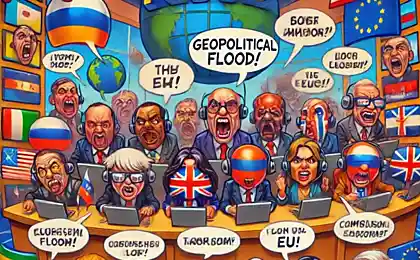186
The Princess of Denmark diligently studied the Russian language, the history of Russia, repeated Orthodox prayers to herself, because she dreamed of becoming the wife of the emperor.
Empress Maria Feodorovna went down in history as the daughter of the Danish king, the bride of two heirs to the Russian throne and the mother of the last Emperor Nicholas II. She had a share to survive the collapse of the empire and the loss of the closest people, while remaining a symbol of fortitude and nobility. But was Dagmar's life completely flawless?
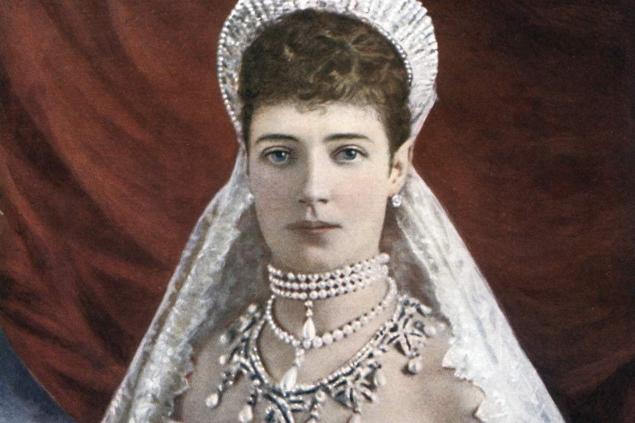
The daughter of the Danish king Maria Sophia Frederica Dagmar was born on November 26, 1847 in the family of Prince of Glucksburg, later Christian IX, King of Denmark. As a child, the girl was engaged to the heir to the Russian throne, Tsarevich Nikolai.
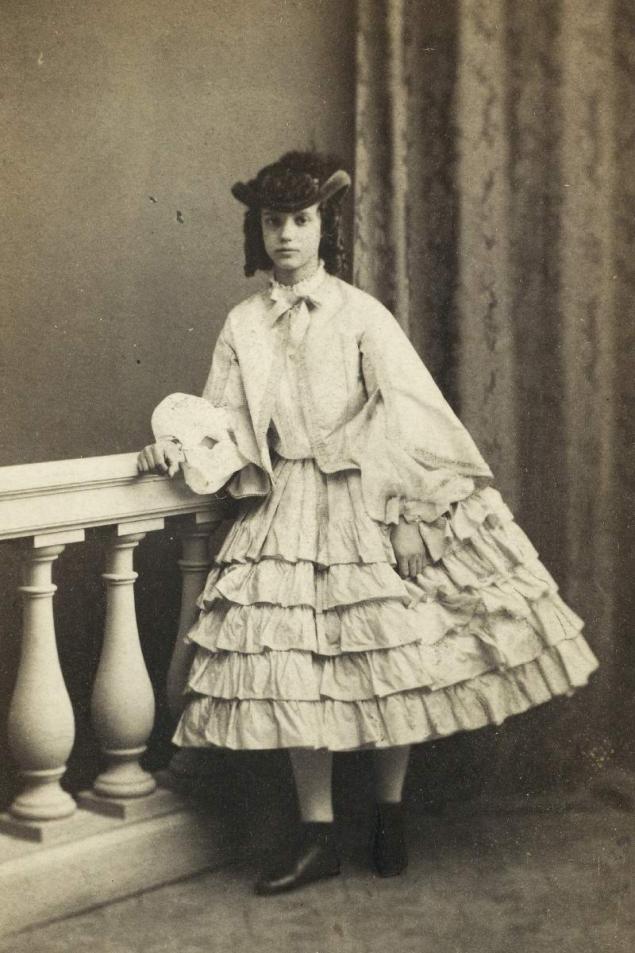
The Princess of Denmark diligently taught Russian and Orthodox prayers, because she was destined to become Empress of Russia. By the way, Dagmar’s sister, Alexandra, also married the monarch, becoming the wife of the British King Edward VII.
The bride of the two heirs of the Russian tsar was already going to the wedding scheduled for September 1865, when the heir to the throne suddenly fell ill. Dagmar was inconsolable, because her beloved Nicky was fading just before his eyes. Together with Alexander Alexandrovich, she spent long hours at the bedside of the weakening Tsarevich. And in his last days, he took from his brother a promise to take care of the fate of dear Minnie (the so-called princess loved ones).
779640
When Nicholas passed away, heartbroken Dagmar returned to her native Copenhagen. Alexander began to prepare for the succession to the throne. It was necessary to find a suitable bride, but the heart of the Grand Duke was already occupied.
“I feel that I can even love dear Minnie very much, especially since she is so dear to us,” confesses Alexander in 1866. After a while, he'll be brave enough to ask Dagmar if she can love anyone but cute Nicky. And with tears in her eyes, she'll say no one but his brother.
28 years together Shortly before the wedding, Princess Dagmar converted to Orthodoxy, becoming Grand Duchess Maria Feodorovna. On October 28, 1966 she married Alexander Alexandrovich. When Alexander III ascended the throne, Maria Feodorovna took up education and art, helped to create paramedics schools, tried to facilitate the lives of children deprived of parental care.
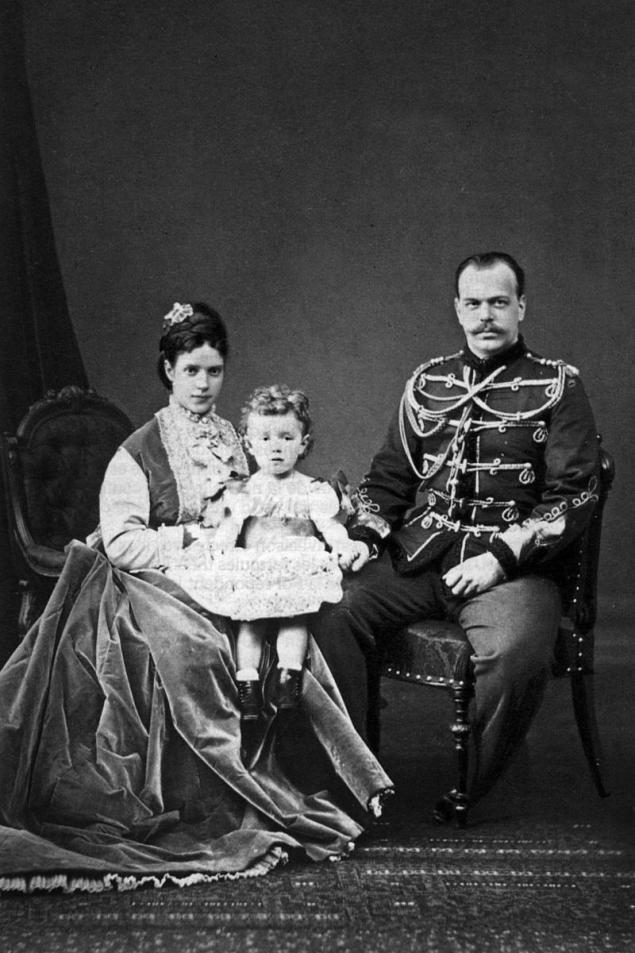
Throughout the 28 years of marriage, the couple were a model of love and loyalty. The fragile Dane and the Russian hero had six children: Nikolai, Alexander, George, Xenia, Mikhail and Olga. Unfortunately, on October 29, 1888, on the way from the Crimea to St. Petersburg, the imperial train derailed.
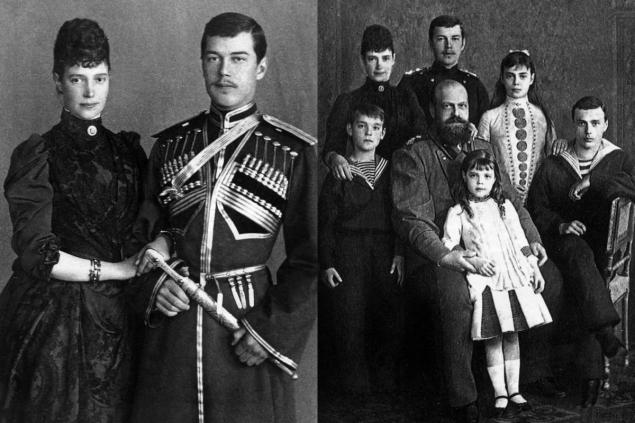
GettyImages Alexander III and his family survived. But the incident undermined the health of the emperor, and at the age of 49 in the Crimea in the arms of Maria Feodorovna, he died of kidney disease. Within an hour and a half, the new emperor, Nicholas II, swore allegiance to the throne in the Livadia Church. And the next day, the German princess Alice, who became Alexandra Fedorovna, was converted to Orthodoxy.
According to rumors, Alexander III resisted the marriage of his son to Alice of Hesse. But Nicholas fell in love. And Alice too, although she delayed with the answer for a long time, not wanting to convert to the Orthodox faith. Maria Feodorovna agreed to the wedding a week after the funeral of her husband. She often regretted her decision.
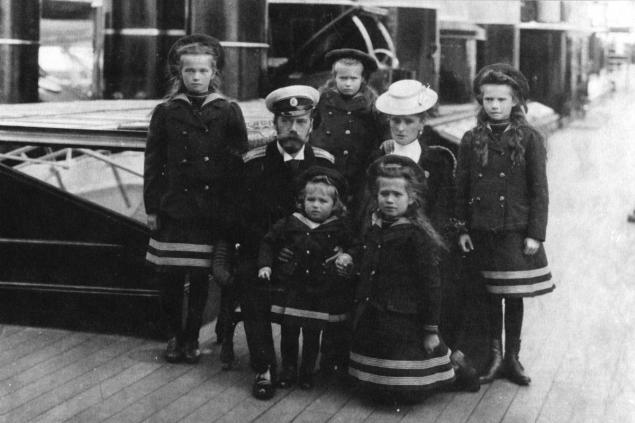
The relationship between mother and son is difficult in every family. Nicholas literally idolized his mother and always listened to her opinion. But at the same time, he was a rather weak-willed person. After his marriage, he found himself in a very difficult situation when both beloved women tried to influence him. In the end, the wife took over, and the mother’s warnings went unheeded.
With the outbreak of the First World War, the mistakes of Nicholas II in foreign and domestic policy became visible even to his closest relatives. Therefore, 15 members of the royal family, including Maria Fedorovna, advocated the removal of Rasputin and the “brazen German woman” from power. But as we know, it was too late to change. The Grand Duke's conspiracy failed, and two months later the February Revolution occurred.
Plastic surgery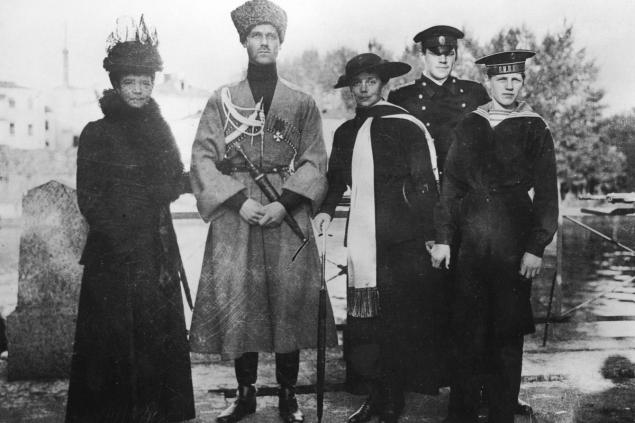
After the accession of Nicholas II to the throne, many contemporaries noted that Maria Feodorovna was strangely younger. They even talked about plastic surgery, which the widow of the emperor had in Paris. One way or another, in many photos she does look almost as young as her daughter-in-law.
Maria Fyodorovna loved her husband very much, but after his death decided that she was too young to lead the life of a inconsolable widow. During the life of her husband, she met the Abkhazian Prince Grigory Shevarshidze-Chachba. And later she facilitated his transfer to St. Petersburg and the appointment of the Dowager Empress as Ober-Hofmeister. This case did not cost, and in 1917, Maria Feodorovna and Grigory Shevarshidze were married.
Empress of a non-existent empire Maria Fedorovna met the Revolution in Kiev. Then she moved to the Crimea, where for some time she was even under arrest and did not die by pure chance. She refused to believe in the death of her son and grandchildren. I hoped that these were gossips that the Bolsheviks were disseminating.

In the spring of 1919, the English king provided a relative with a dreadnought "Marlborough" to evacuate from Russia. But the Empress agreed only on the condition that on board the ship will take all who are in danger in the Crimea. In this way, she saved many people, writing another glorious chapter in her life of ups and downs.
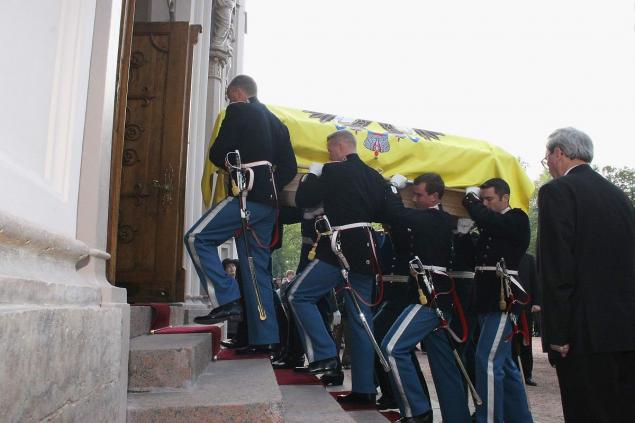
Empress Maria Feodorovna ended her days in her native Copenhagen on October 13, 1928. Shortly before that, she expressed a desire to be buried next to her beloved husband in Peter and Paul Cathedral. Under Soviet rule, this was impossible. But on September 28, the dream of the mother of the last Russian emperor came true. Her ashes were taken by ship to St. Petersburg and buried next to the tomb of Alexander III.
The article and the preview used photos.

The daughter of the Danish king Maria Sophia Frederica Dagmar was born on November 26, 1847 in the family of Prince of Glucksburg, later Christian IX, King of Denmark. As a child, the girl was engaged to the heir to the Russian throne, Tsarevich Nikolai.

The Princess of Denmark diligently taught Russian and Orthodox prayers, because she was destined to become Empress of Russia. By the way, Dagmar’s sister, Alexandra, also married the monarch, becoming the wife of the British King Edward VII.
The bride of the two heirs of the Russian tsar was already going to the wedding scheduled for September 1865, when the heir to the throne suddenly fell ill. Dagmar was inconsolable, because her beloved Nicky was fading just before his eyes. Together with Alexander Alexandrovich, she spent long hours at the bedside of the weakening Tsarevich. And in his last days, he took from his brother a promise to take care of the fate of dear Minnie (the so-called princess loved ones).
779640
When Nicholas passed away, heartbroken Dagmar returned to her native Copenhagen. Alexander began to prepare for the succession to the throne. It was necessary to find a suitable bride, but the heart of the Grand Duke was already occupied.
“I feel that I can even love dear Minnie very much, especially since she is so dear to us,” confesses Alexander in 1866. After a while, he'll be brave enough to ask Dagmar if she can love anyone but cute Nicky. And with tears in her eyes, she'll say no one but his brother.
28 years together Shortly before the wedding, Princess Dagmar converted to Orthodoxy, becoming Grand Duchess Maria Feodorovna. On October 28, 1966 she married Alexander Alexandrovich. When Alexander III ascended the throne, Maria Feodorovna took up education and art, helped to create paramedics schools, tried to facilitate the lives of children deprived of parental care.

Throughout the 28 years of marriage, the couple were a model of love and loyalty. The fragile Dane and the Russian hero had six children: Nikolai, Alexander, George, Xenia, Mikhail and Olga. Unfortunately, on October 29, 1888, on the way from the Crimea to St. Petersburg, the imperial train derailed.

GettyImages Alexander III and his family survived. But the incident undermined the health of the emperor, and at the age of 49 in the Crimea in the arms of Maria Feodorovna, he died of kidney disease. Within an hour and a half, the new emperor, Nicholas II, swore allegiance to the throne in the Livadia Church. And the next day, the German princess Alice, who became Alexandra Fedorovna, was converted to Orthodoxy.
According to rumors, Alexander III resisted the marriage of his son to Alice of Hesse. But Nicholas fell in love. And Alice too, although she delayed with the answer for a long time, not wanting to convert to the Orthodox faith. Maria Feodorovna agreed to the wedding a week after the funeral of her husband. She often regretted her decision.

The relationship between mother and son is difficult in every family. Nicholas literally idolized his mother and always listened to her opinion. But at the same time, he was a rather weak-willed person. After his marriage, he found himself in a very difficult situation when both beloved women tried to influence him. In the end, the wife took over, and the mother’s warnings went unheeded.
With the outbreak of the First World War, the mistakes of Nicholas II in foreign and domestic policy became visible even to his closest relatives. Therefore, 15 members of the royal family, including Maria Fedorovna, advocated the removal of Rasputin and the “brazen German woman” from power. But as we know, it was too late to change. The Grand Duke's conspiracy failed, and two months later the February Revolution occurred.
Plastic surgery

After the accession of Nicholas II to the throne, many contemporaries noted that Maria Feodorovna was strangely younger. They even talked about plastic surgery, which the widow of the emperor had in Paris. One way or another, in many photos she does look almost as young as her daughter-in-law.
Maria Fyodorovna loved her husband very much, but after his death decided that she was too young to lead the life of a inconsolable widow. During the life of her husband, she met the Abkhazian Prince Grigory Shevarshidze-Chachba. And later she facilitated his transfer to St. Petersburg and the appointment of the Dowager Empress as Ober-Hofmeister. This case did not cost, and in 1917, Maria Feodorovna and Grigory Shevarshidze were married.
Empress of a non-existent empire Maria Fedorovna met the Revolution in Kiev. Then she moved to the Crimea, where for some time she was even under arrest and did not die by pure chance. She refused to believe in the death of her son and grandchildren. I hoped that these were gossips that the Bolsheviks were disseminating.

In the spring of 1919, the English king provided a relative with a dreadnought "Marlborough" to evacuate from Russia. But the Empress agreed only on the condition that on board the ship will take all who are in danger in the Crimea. In this way, she saved many people, writing another glorious chapter in her life of ups and downs.

Empress Maria Feodorovna ended her days in her native Copenhagen on October 13, 1928. Shortly before that, she expressed a desire to be buried next to her beloved husband in Peter and Paul Cathedral. Under Soviet rule, this was impossible. But on September 28, the dream of the mother of the last Russian emperor came true. Her ashes were taken by ship to St. Petersburg and buried next to the tomb of Alexander III.
The article and the preview used photos.
Retired supermodel tirelessly rubs beets to stay attractive even at 60
Why rub lemon on a fine grater and mix with coconut shavings, the result will surprise even skeptics



